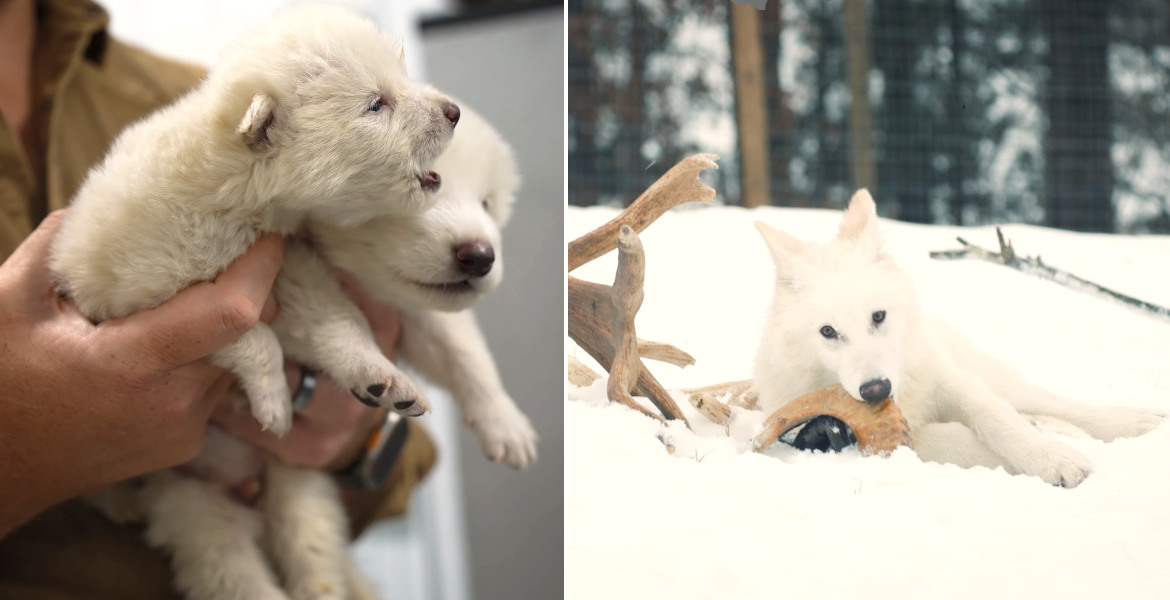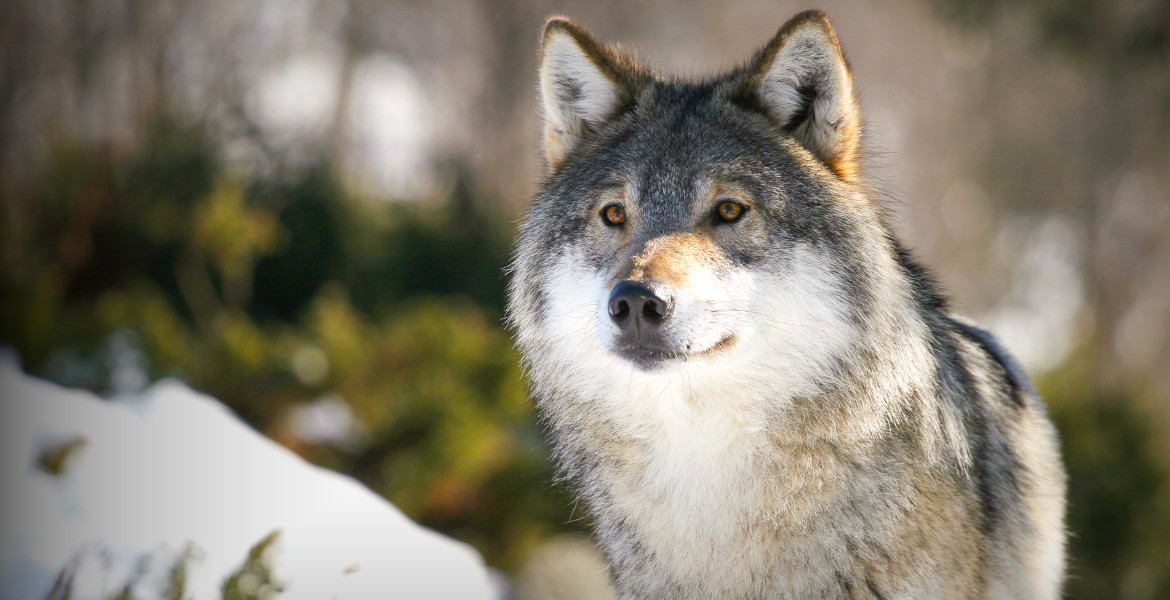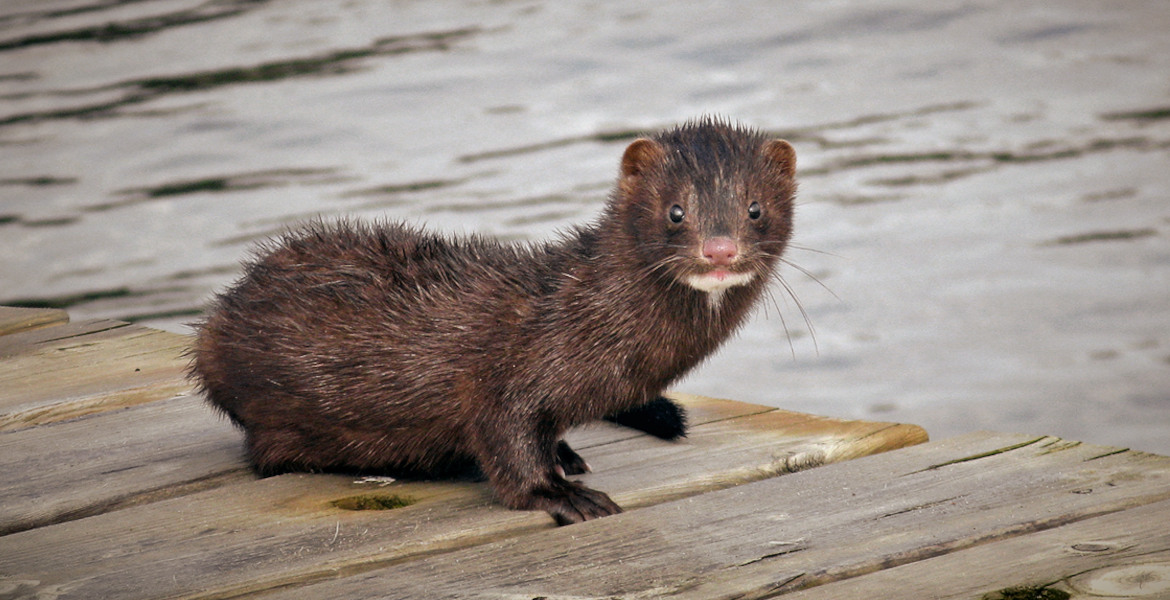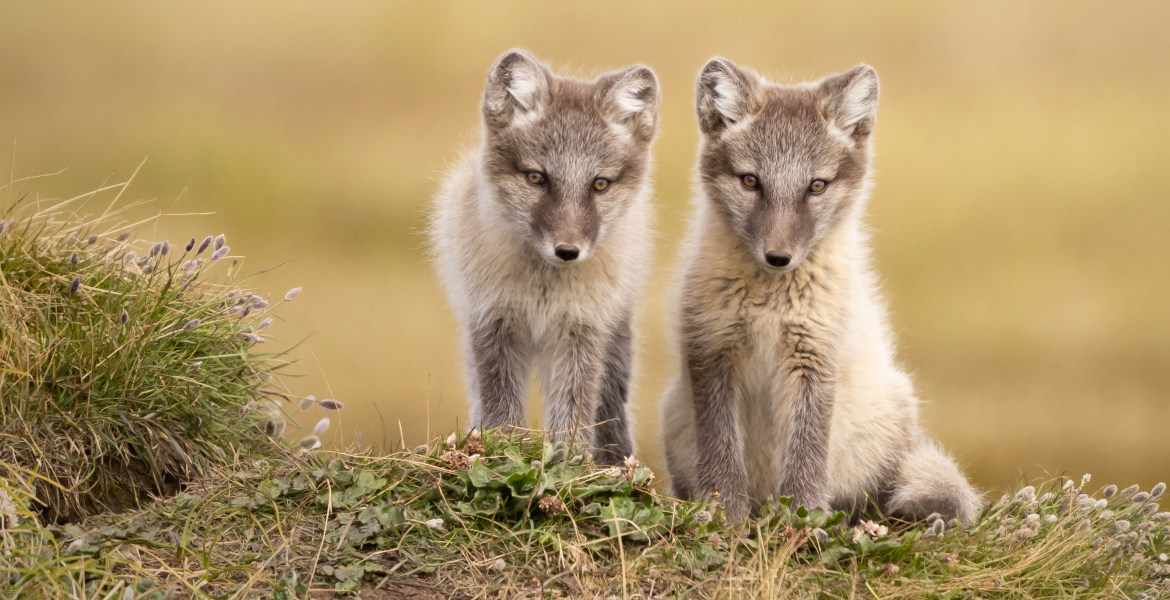Three pups of the giant wolf, also known as the dire wolf, have now been re-created by scientists in Texas. It is the first successful case in the world of so-called “de-extinction” – the revival of a previously extinct animal.
The Aenocyon species went extinct about 12 500 years ago and lived in North America. It was larger than its living relative the wolf, growing to around 1.5 meters in height and weighing between 50 and 80 kilograms. It also had thicker fur and a wider jaw than our modern-day wolf.
Researchers at the biotech company Colossal Bioscience have extracted DNA from fossils of the extinct giant wolf and examined them to determine genetic characteristics such as color, fur and size. The information was then used to modify cells of the modern-day relative, the gray wolf. In total, genetic modifications have been made in 14 different genes. Healthy developed embryos were then transferred to domestic dogs, which were large mixed-breed dogs, which then served as surrogate mothers.
– Our team took DNA from a 13,000 year old tooth and a 72,000 year old skull and made healthy dire wolf puppies, said Ben Lamm, Colossal’s co-founder and CEO, according to CNN.
On October 1, 2024, two male pups were born, and in January of this year, a female was also born.
Very interesting!
.
Colossal Biosciences, a biotechnology company, Texas, has successfully revived the extinct “dire wolf” (10,000 years old species) using advanced genetic engineering techniques.All three wolves are fully grown now.
It’s kinda Jurassic park feeling… pic.twitter.com/2Wy0GMrjXm
— Bhavika Kapoor (@BhavikaKapoor5) April 8, 2025
Game of Thrones author invests
The giant wolf, known as the dire wolf, has made a strong mark on popular culture – not least in books, movies and TV shows. It is best known from the fantasy series Game of Thrones, where the Stark family has a dire wolf as their pet and weapon symbol.
In fact, the author of the book series, George R R Martin, is an investor in the company and the genetically modified wolves. He is also a “cultural advisor” to the company, which has also issued a press release on the cultural influence of the species. The books were also made into a popular TV series by HBO.
The males are named Romulus and Remus, while the female pup is named Khaleesi, which is a title given to the character Daenerys in the book series – who is not a member of the Stark family, but of the Targaryens, who have a dragon on their sigil.
Not a “dire wolf”
Although the scientists behind the genetically modified puppies claim that they are “de-extinction”, other researchers point out that this is not quite the case. The similarities are mainly in appearance, not in the DNA itself.
– This is a grey wolf with an edited genome, not a dire wolf, genome scientist Emily Roycroft told ABC. The genetic edits may have given these wolves a lighter coat to look reminiscent of a dire wolf – but what makes a species is more than just skin deep.
The biotech company emphasizes that the goal is not to recreate species with exact genetic identity, but to create so-called “functional copies”. The technology behind the giant wolf is also hoped to be used to help endangered animals.
– Our goal with de-extinction is always create functional copies of these extinct species. We were focusing on identifying variants that we knew would lead to one of these key traits, says Beth Shapiro, Colossal’s chief scientific officer.
Secret location
Today, the three pups live in a secret location with a 2,000-hectare area with a three-meter-high fence that is constantly monitored by security personnel, drones and even cameras. The pups are used to humans, but not tame, and are still in a juvenile phase.
– We’re still seeing a lot of juvenile behaviors. We haven’t seen them really fully express all of their behavior, said Matt James, Colossal’s animal manager. They’re an amazing opportunity for us to learn tons and tons about de-extinction, about cloning, about genetic editing and all the effects after that.
Colossol is also working towards reviving the mammoth, dodo and Tasmanian tiger.








